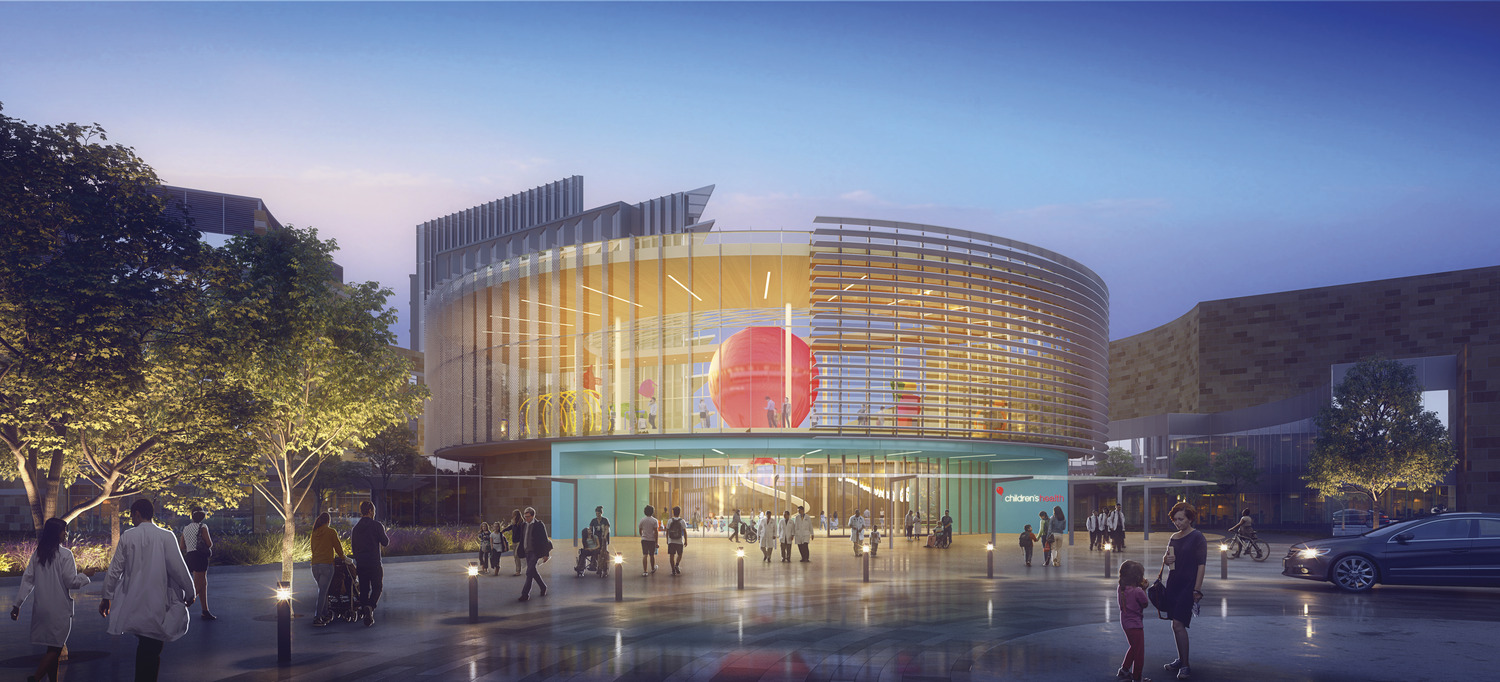
The future of medicine is predictive, preventive, personalized, and participatory. This P4 Medicine Paradigm is a transformative approach to healthcare, which aims to enhance the well-being of individuals and populations by integrating advanced technologies and patient-focused strategies into the fabric of healthcare.
As we explore the potential of P4 Medicine, put forth by biologist Leroy Hood and other pioneers of systems medicine, it's essential to consider how the design of physical healthcare spaces can support and amplify these principles. We call this the P4Design© approach.
1. Predictive: Designing with Anticipation
Predictive healthcare relies on data analytics, genomics, and advanced diagnostics to foresee potential health issues before they become critical. Physical spaces in healthcare must be designed to support these predictive capabilities. This involves creating environments that facilitate seamless data collection and analysis, including connections with sensors, electronic health records, etc.
Key design elements for predictive healthcare include:
Integration of advanced diagnostics. Spaces should be flexible enough to accommodate the latest diagnostic tools and technologies, ensuring they are easily accessible.
Dedicated data hubs. Incorporating dedicated areas for data visualization, analysis, and monitoring. This includes AI technology enablement and system software, which can understand and talk to each other, supporting the precise needs of frontline clinical work on a moment-to-moment basis. Storage of data and creation of a digital twin can help manage the vast amounts of information generated, support predictive technologies, and anticipate short-term demands with accuracy.

Flexible layouts. Designing adaptable spaces that can evolve with technological advancements ensure longevity and relevance.
For example, Page is designing acute care nursing units and patient rooms with ambient sensing technology to enhance safety, communication, enrich the patient experience, and support clinicians. Patients will have the option to control room temperature and lighting with voice commands, and to call a nurse or request help. Medical staff can use their voices to document notes in the patient’s electronic health record. Patient rooms will also employ ambient monitoring tools and wearable devices.
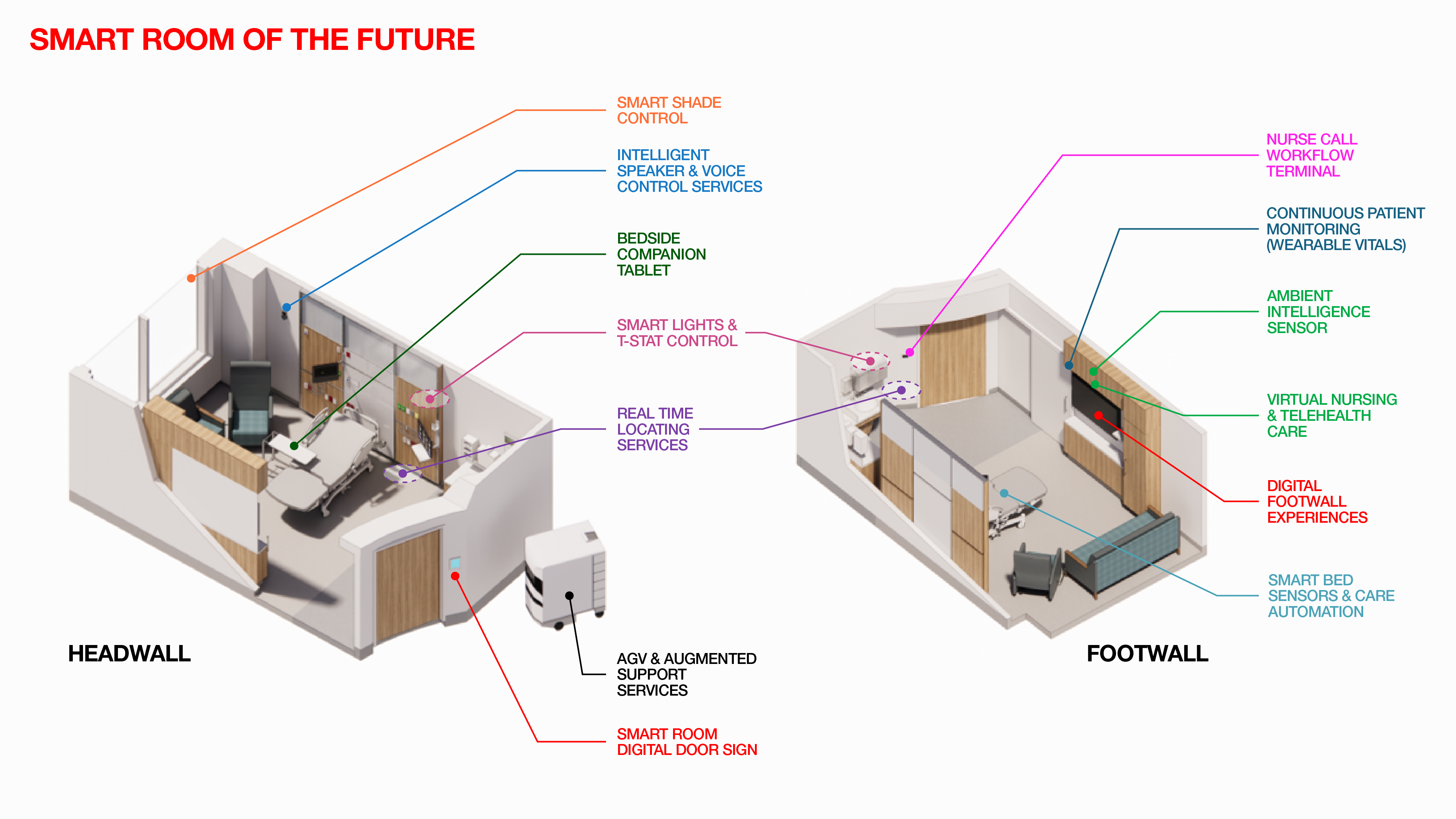
2. Preventive: Promoting Health and Wellness
Preventive care focuses on avoiding disease through proactive measures. The design of healthcare facilities should promote health and wellness, making it easier for individuals to engage in preventive practices.
Key design elements for preventive healthcare include:
Wellness areas. Adding gyms, yoga rooms, pools, teaching kitchens, outdoor community socialization spaces, and meditation spaces within healthcare facilities encourages physical and mental well-being. For example, the Cone Health MedCenter Greensboro at Drawbridge Parkway development has gained significant community traction on social media by including these activities as well as providing outdoor venues such as farmers’ market day and movie night.

Natural elements. Maximizing biophilic design elements such as plants, large windows with green views, light wells, and outdoor gardens or terraces can reduce stress and improve overall health.
Educational spaces. Creating areas where patients can learn about healthy lifestyles and preventive measures can empower them to take charge of their health. For instance, public display space dedicated to wellness education, including visual information connecting daily habits and wellness risk/outcomes. (Children’s concept images for a Wellness Museum).
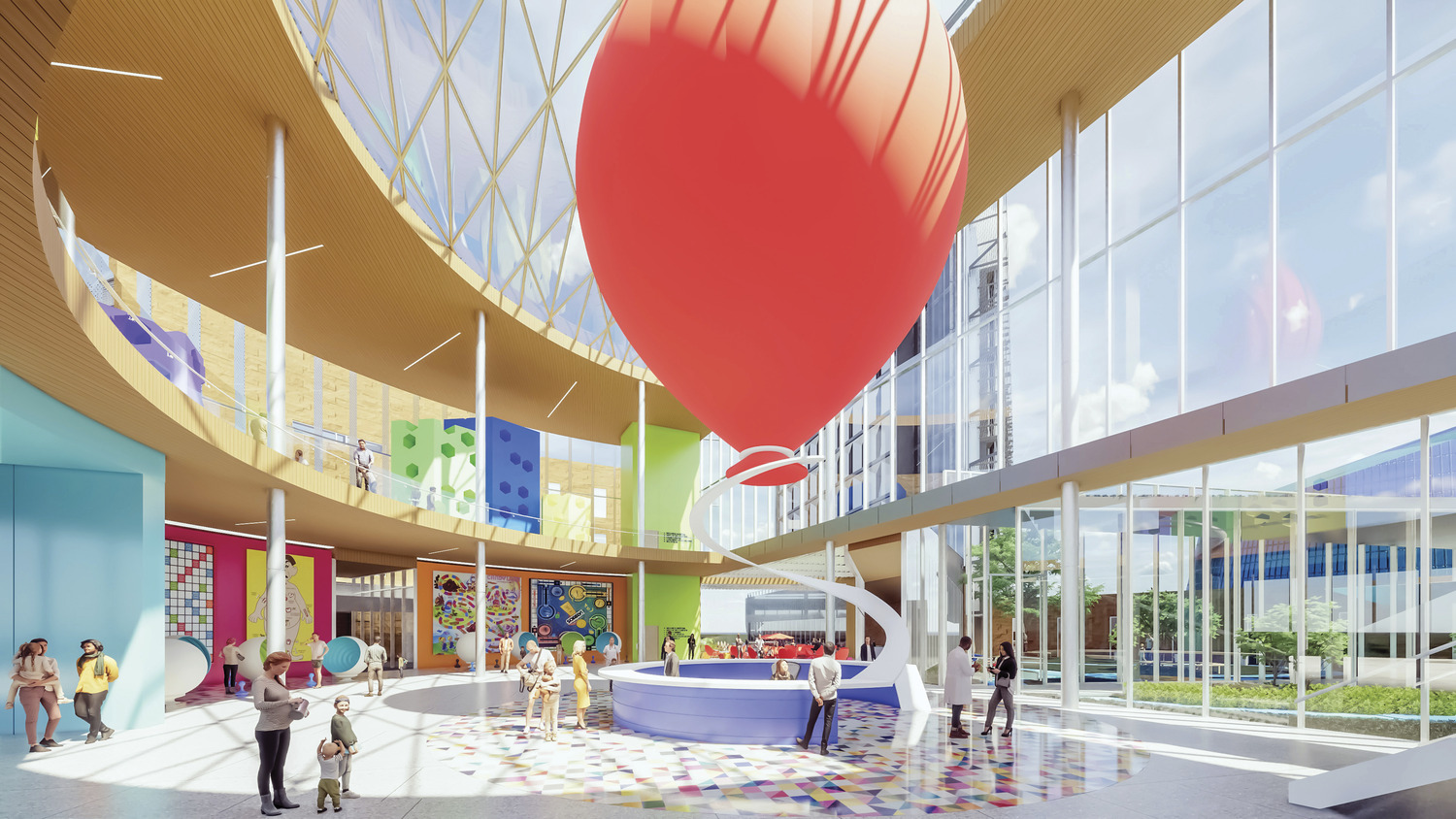
3. Personalized: Catering to Individual Needs
Personalized medicine tailors healthcare to the unique genetic, environmental, and lifestyle factors of each individual. Healthcare spaces must be flexible and adaptable to cater to these personalized needs.
Key design elements for personalized healthcare include:
Modular rooms. Rooms that can be easily reconfigured to suit different medical needs and personal preferences.
Patient-centered design. Ensuring that the design of spaces prioritizes patient comfort and choice, from room temperature to lighting and decor. For instance, smart technology connected with personal preferences and synchronized with digital imagery and/or music to supply therapeutic positive distractions meaningful to each individual.

Privacy considerations. Providing private consultation areas and personalized treatment rooms to ensure patient confidentiality. For example, providing flexible outpatient spaces to accommodate initial consultations, collect updated patient histories, change clothes if needed, and allow educational waiting experiences, supporting both privacy and dignity in one space.
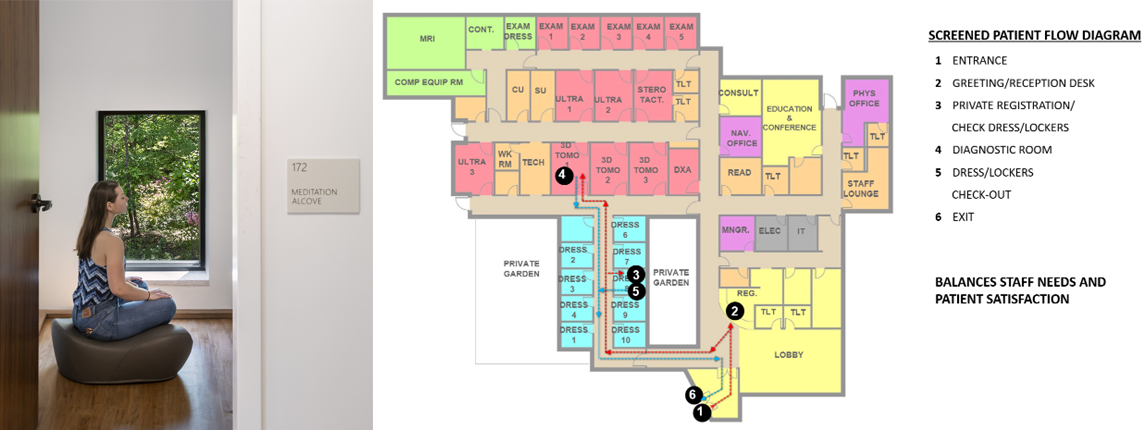
4. Participatory: Engaging Patients in Their Care
Participatory medicine involves patients taking an active role in their healthcare decisions and processes. The design of physical spaces should facilitate this engagement, with areas designated for consultation, education, and community building, as well as giving patients the ability to have input and make choices about their environment.
Key design elements for participatory healthcare include:
Interactive spaces. Areas equipped with digital tools where patients can access their health data, learn about their conditions, and make informed decisions. Stamford Hospital in Connecticut has adopted a Planetree person-centered model of care, including open access to medical information and educational hubs that make it convenient for patients and families to engage with staff and better understand next steps on their health journey.

Community areas. Creating communal spaces where patients can interact with healthcare providers and other patients, fostering a sense of community and support.
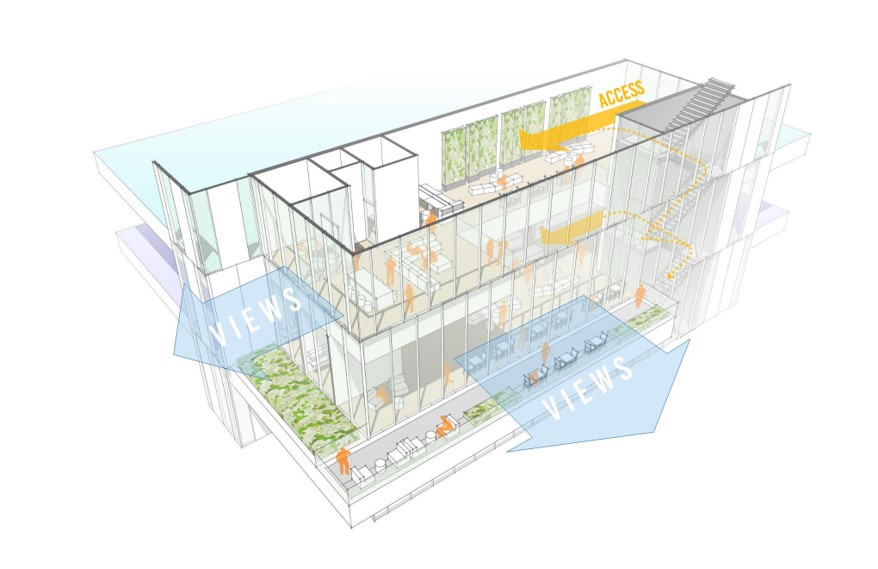
Feedback mechanisms. Incorporating ways for patients to provide feedback on their care and the facility itself, ensuring continuous improvement and patient satisfaction.
The P4 Design Approach to healthcare facilities is about more than just aesthetics—it's about creating environments that enhance the principles of predictive, preventive, personalized, and participatory medicine. By thoughtfully designing healthcare spaces with these principles in mind, we can create more effective, efficient, patient-centered healthcare systems.
As we move forward, it's crucial to continually assess and evolve our design strategies to keep pace with the rapid advancements in healthcare technology and the ever-changing needs of patients. Together, we can pave the way for a healthier future by designing spaces that truly support and amplify the goals of P4 Medicine.
Authors: Rubin Pillay, PhD, MD, MBA, MSc, professor of healthcare innovation and entrepreneurship, University of Alabama at Birmingham; Tushar Gupta, FAIA, NCARB, healthcare market sector leader, Page; Mark Vaughan, FAIA, FACHA, LSSBB, healthcare planning director, Page.


